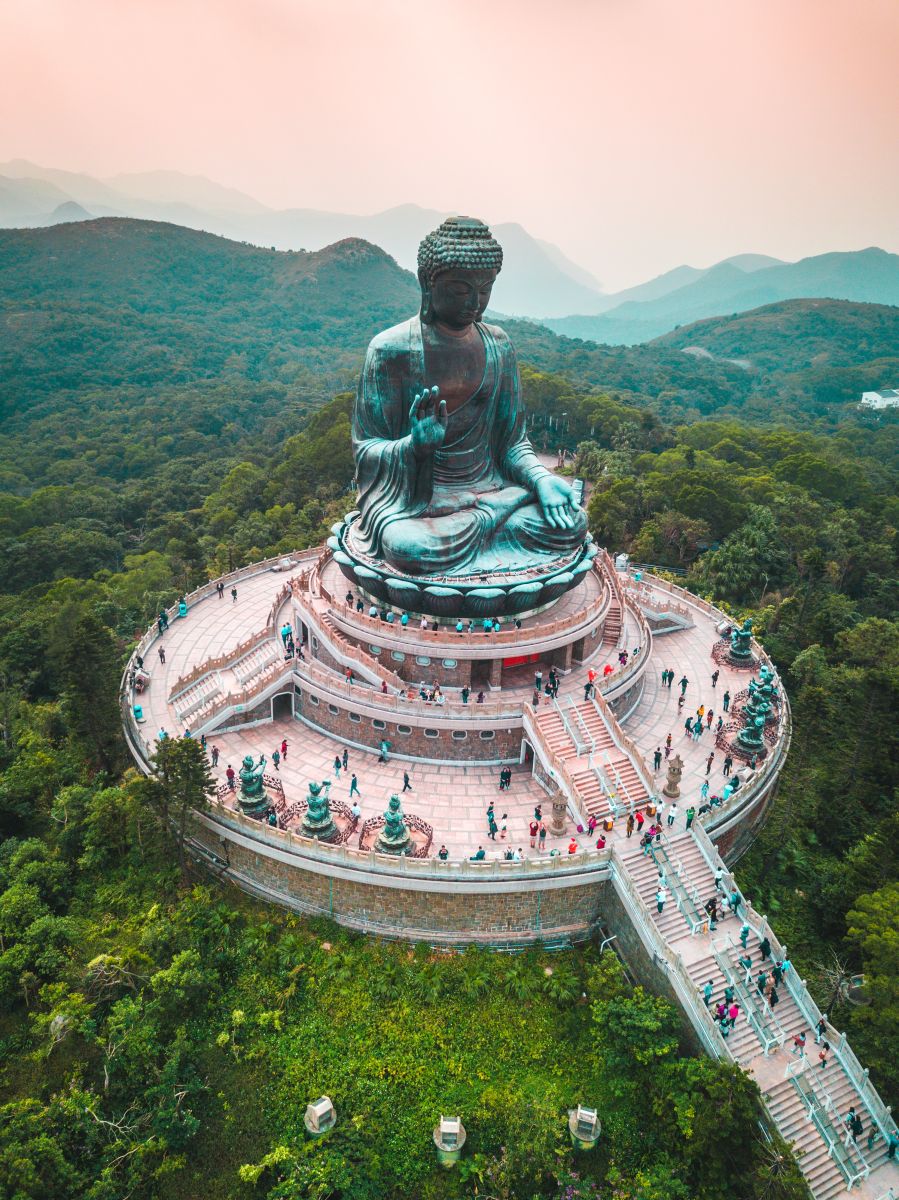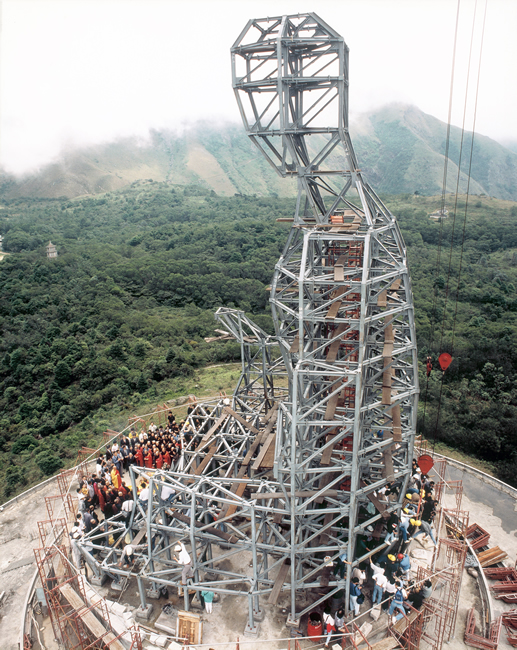What tops your list of tourist attractions when planning a trip to Hong Kong? The Peak, Victoria Harbor, or the Big Buddha? Situated on Lantau Island, the Big Buddha is the second-largest outdoor bronze sitting Buddha in the world.
The Name - Tian Tan Buddha
This renowned architectural masterpiece is actually named "Tian Tan", inspired by another majestic religious site in China. In 1979, the abbot of Po Lin Monastery visited Japan and Taiwan, where he was inspired by the large Buddha statues he encountered.
The name Tian Tan, however, originates from a separate trip when the abbot visited the Temple of Heaven, or Tian Tan (天壇) in Chinese, in Beijing. The design and name of the temple's foundation were adapted for the newly-constructed Buddha in homage to the original.

The Construction
The funding and construction of the Tian Tan Buddha were not without challenges, as it inadvertently caused a diplomatic controversy. Initially, Po Lin Monastery had raised half of the necessary funds from Taiwan and planned to accept financial assistance from Japan. However, during the negotiations regarding Hong Kong's future, Xu Jiatun (許家屯), the then-head of the Xinhua News Agency, instructed China's United Front Work Department (中共中央統一戰線工作部) to intervene. This shifted the project's funding from Taiwan and Japan to China, with the construction overseen by a factory connected to the People's Liberation Army.
Work on the Tian Tan Buddha commenced in 1982, with assistance from China's aerospace technology for some components and engineering aspects. The Buddha's body was cast in bronze, while the base drew inspiration from Beijing's Temple of Heaven. Several roads in Ngong Ping also needed to be widened to accommodate the construction. Ultimately, the Tian Tan Buddha was completed in 1993, and it has since become a world-famous attraction.

.jpg)
The Design
Resting atop Muk Yue Shan (木魚山), the 26.4-meter-high statue captures the imagination of countless visitors with its stunning design and location. Reaching the 34-meter-tall Buddha requires ascending 268 steps—a humbling experience.
The Big Buddha faces northward toward Beijing, China's capital, sitting in a pose reminiscent of Gautama Buddha praying beneath the Sacred Fig, symbolizing universal peace.
The statue's lower part, serving as its pedestal, is shaped like a lotus flower, representing purity and untaintedness, despite growing from murky mud.
Real Estate for the Dead: A Pricey Proposition
Inside the Big Buddha is a "columbarium" (though it functions more as a memorial hall since no ashes are stored there). As with all things in Hong Kong, space is both precious and costly. While the exact cost of inscribing a deceased family member's name in the hall is unknown, typical columbarium spaces can easily exceed $500,000. Having a family member's photo permanently displayed within the Big Buddha? The price for such an honor can only be imagined.









